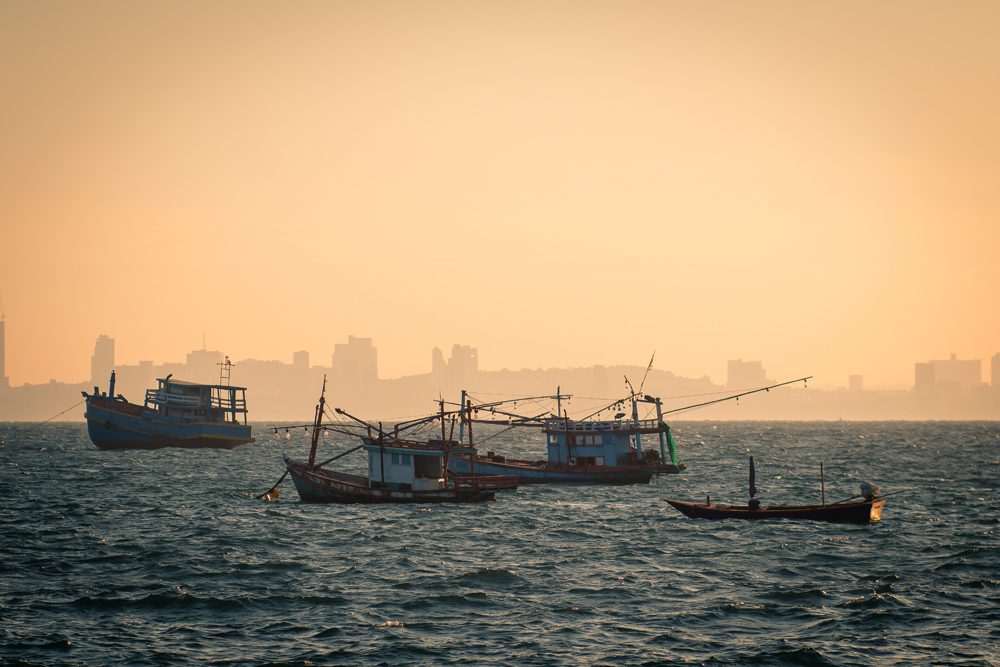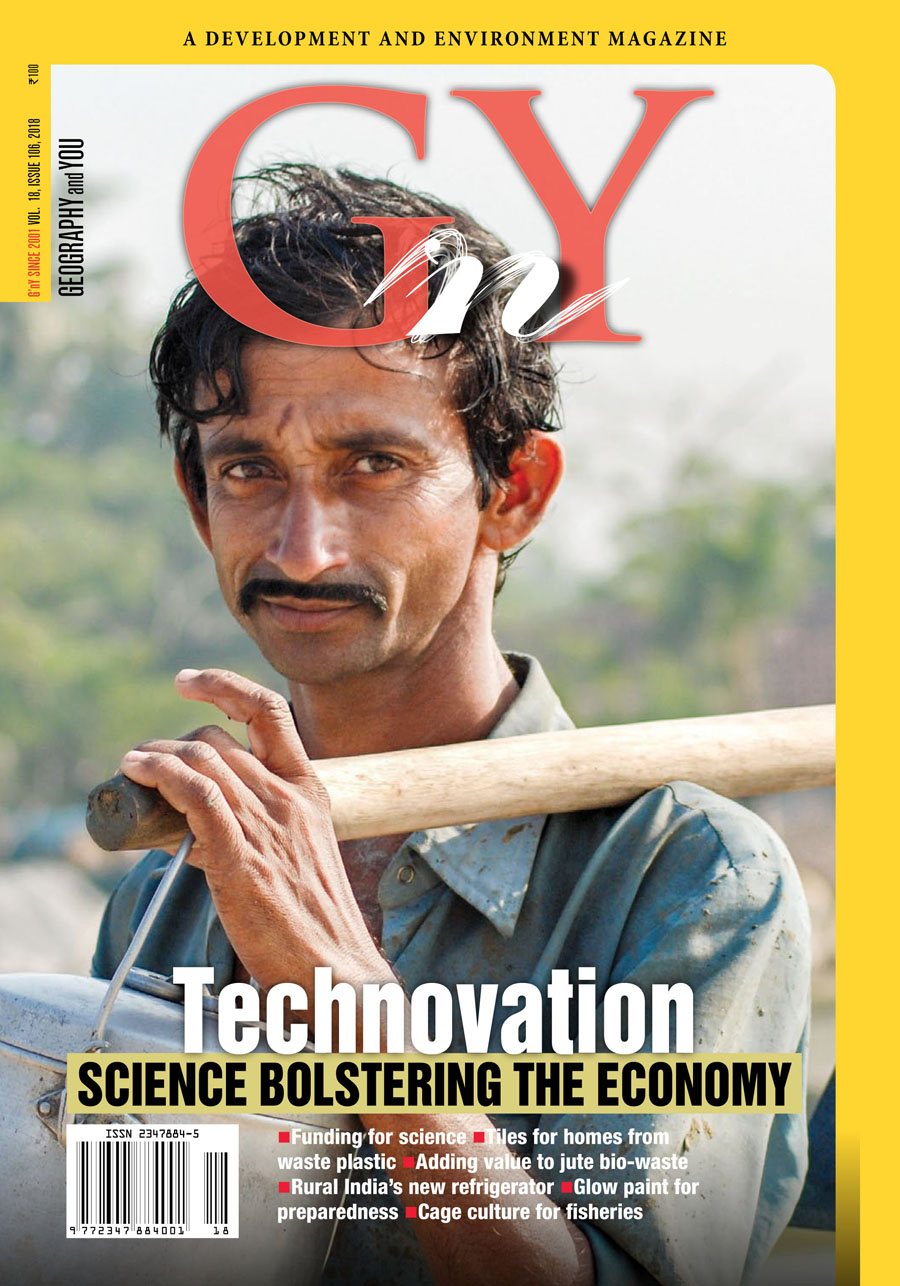
Expert Panel
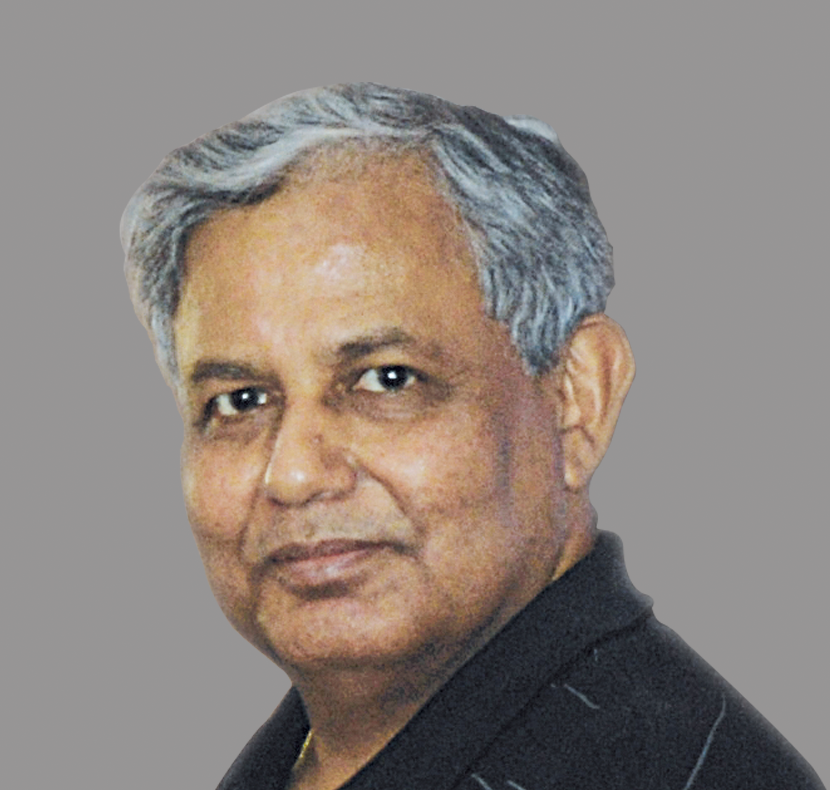
Former Vice Chancellor, MG Kashi Vidyapeeth, Varanasi
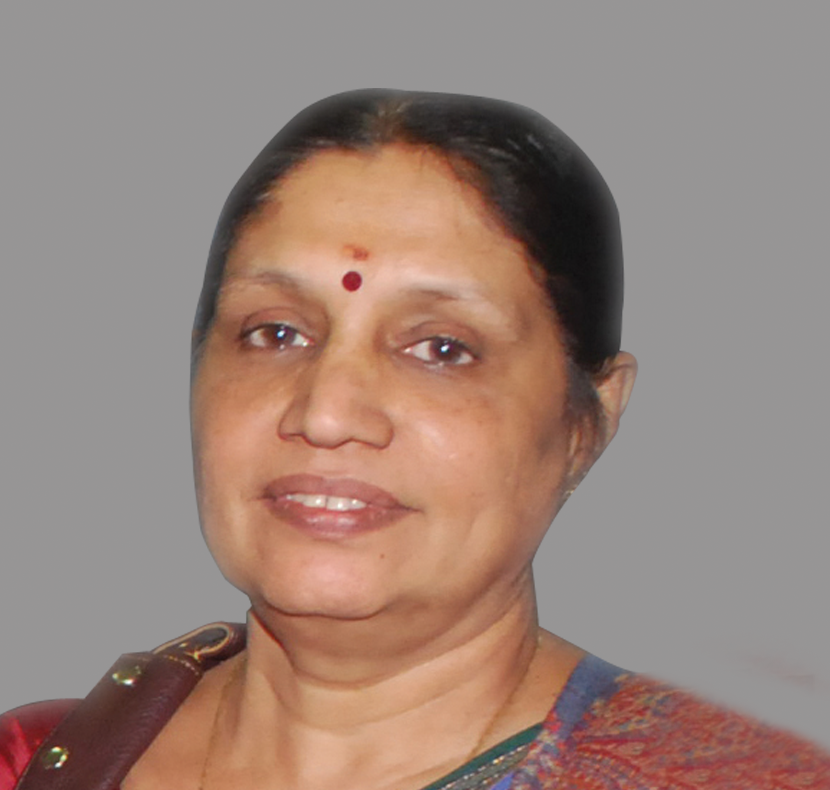
Former Chairperson, National Biodiversity Authority, Chennai.
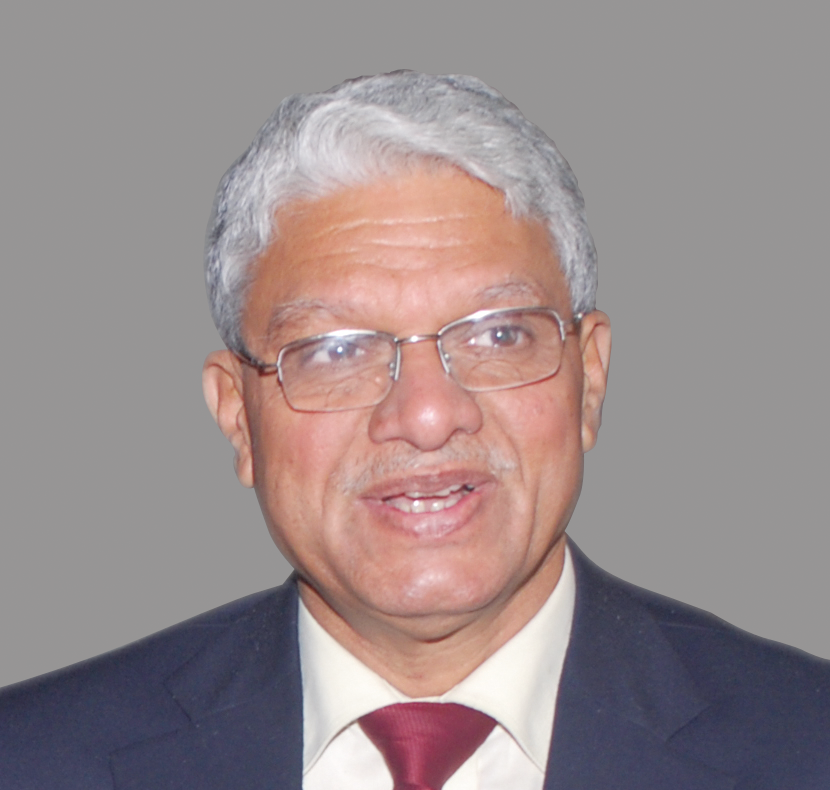
Air Vice Marshal (Retd) Former DG, India Meteorological Department (IMD), New Delhi

Former Member Secretary, Central Pollution Control Board, New Delhi.
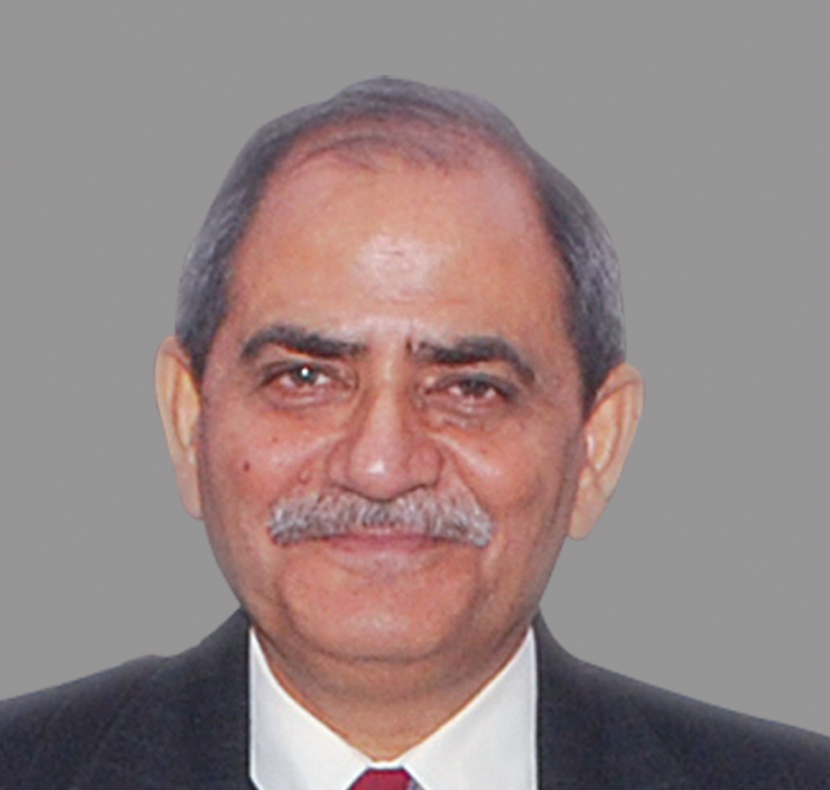
Geologist and Secretary General, 36 IGC, New Delhi.

Former Professor, Jawaharlal Nehru University, New Delhi
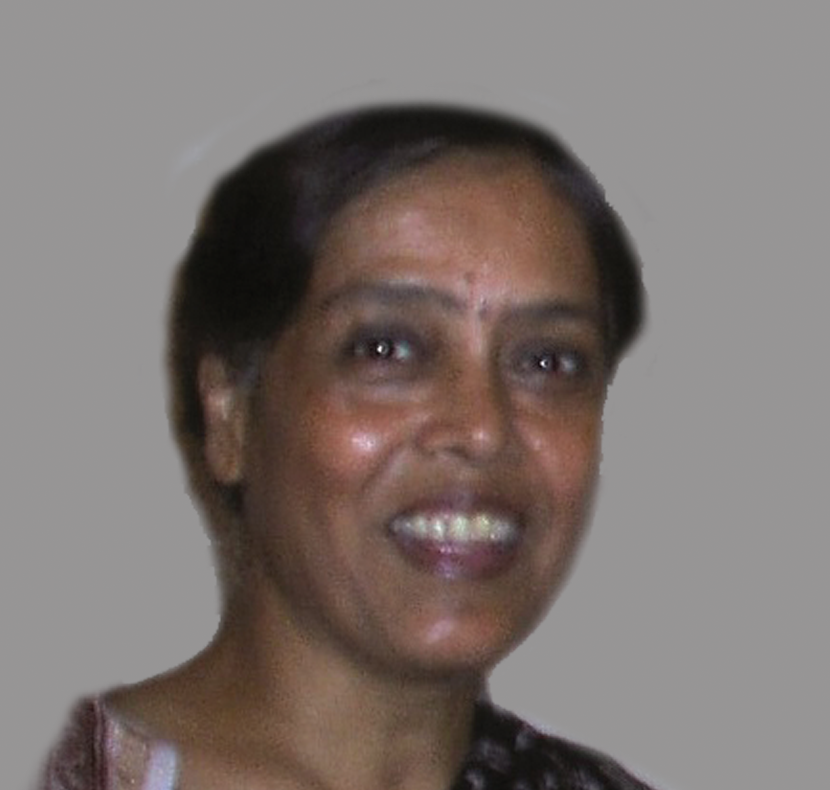
Former Professor, CSRD, Jawaharlal Nehru University, New Delhi.

Chief Executive, ACRA, Noida, Uttar Pradesh.
Inside this issue
Opinion
Although budgetary allocations have increased through the years, the overall share of research and development in India’s GDP has been hovering around 0.7 per cent on an average over the last few years.
Concept Counter
While rising temperatures have been observed for most parts of the world’s oceans, a few areas such as the north Atlantic have instead experienced cooling.
A possible impact of climate change in the upper atmosphere could be the excessive trapping of infrared radiation by the Earth’s lower atmosphere, which can leave much less reflected or emitted heat for the upper atmosphere, making these layers colder.
Marine Pollution
Causing the death of over 100,000 marine mammals and millions of fishes and birds annually, plastic waste dumped into the ocean has emerged as the biggest waste problem of planet Earth. While over 50 per cent of the ocean area is free of any national jurisdiction, increased ocean plastic is moving the world towards a global catastrophe.
Technovation
The environmental challenges thrown up by non-biodegradable polyethylene bags, bottles and other materials call for urgent recycling solutions. Widely used plastics can take more than 400 to 1000 years to completely decompose. To solve the issue of aggravating plastic waste, National Physical Laboratory (NPL) has developed an innovative technology to fashion plastic tiles out of refuse. The technology offers a sustainable solution to the long battle of plastic waste management.
India is the largest jute producer in the world, accounting for almost 55 per cent of the total world produce of jute. West Bengal is accountable for over 90 per cent of the jute production in the country. Jute however, is facing a decline in production in recent years due to low returns. A team of CSIR-NPL scientists have developed an innovative solution for value addition of waste biomass jute sticks as an alternative to burning so that farmers can augment their income and reap benefits from the sowing of jute.
A lifeline for rural India, a new solid state refrigerator developed by CSIR-NPL scientists promises to store food and drugs at low temperatures to provide hygiene and health while running on battery or solar-powered cells.
Ending India’s dependence on imported technology, researchers of CSIR-NPL have developed the indigenous long afterglow phosphor (LAP) powders and paints that serve as a source of light in dark and provide life-saving markings during an emergency.
Producing almost 9,40,000 metric tonnes of fish every year, India is the second largest fish producer in the world. To cater to the rising demand of fish in the world, India can tap the billion-dollar aquaculture industry, which has existed locally since the 19th century, by combining innovative solutions and a huge manpower.
Space Technology
In the quest to connect the benefit of space-based observation to the advantage of the common man, Space Applications Centre, the innovation hub of Indian Space Research Organisation has conceived a gamut of noteworthy technologies, primarily related to potential fishing zones, disaster management, weather monitoring and more.
India Outdoors
Khajjiar hill station is situated in the Chamba district of Himachal Pradesh, at an elevation of about 6,500m and encompasses breathtaking locations and new adventures for travellers.
In brief
The need to find value from what we have been uncaringly discarding, is now more pertinent that it ever was. In a country that is increasingly moving towards automation in every sector, protection of livelihoods and augmenting income for the end-user is a pre-requisite to a buoyant economy. We are a

